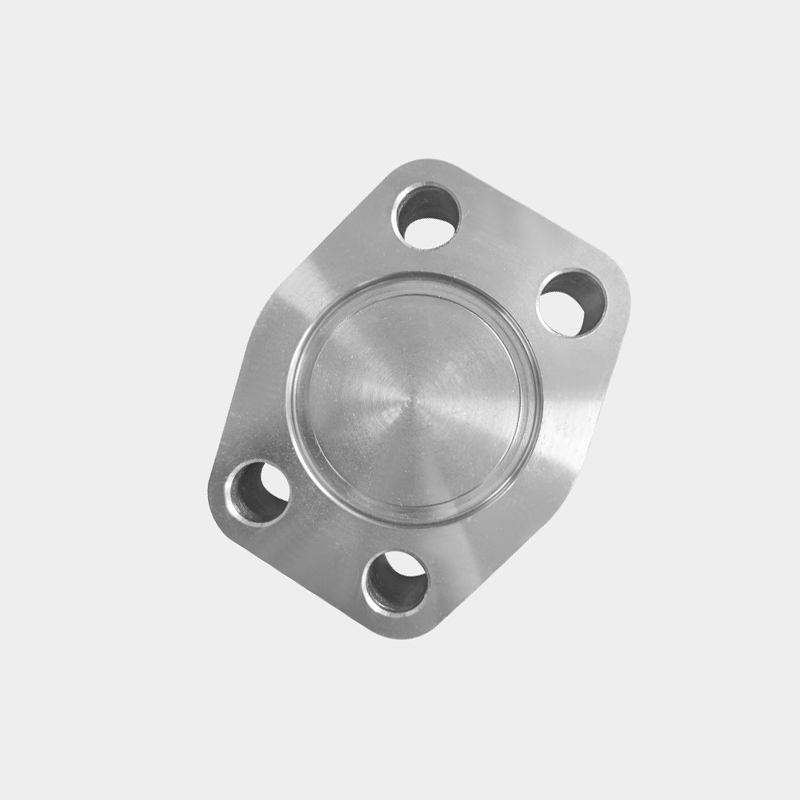Call Us
+86-13486669457Precision Machining: The machining process for SAE Closed Flanges involves advanced techniques such as CNC machining, which ensures extreme accuracy in creating the flange faces. This high level of precision is critical because even minor deviations from the specified dimensions can lead to sealing issues. The flange faces are often finished to a fine tolerance to ensure they are perfectly flat and smooth. This precision prevents any uneven gaps that could compromise the integrity of the seal under high pressure. The use of high-quality cutting tools and machinery ensures that the machined surfaces have minimal roughness, which is essential for achieving a proper seal.
Gasket or O-Ring: The choice of gasket or O-ring material is crucial for ensuring a leak-proof connection in high-pressure systems. Gaskets used with SAE Closed Flanges are often made from advanced materials such as PTFE (polytetrafluoroethylene), which provides excellent chemical resistance and can handle extreme temperatures. These gaskets are designed to compress and conform to the flange faces, filling any imperfections and creating a tight seal. In addition to material selection, the design of the gasket, including its thickness and hardness, is tailored to match the pressure and temperature conditions of the application. The precise compression of the gasket is achieved through the use of specified bolt torques, which are calibrated to ensure optimal sealing performance.
Proper Torque Application: The application of torque is a critical factor in achieving a leak-proof seal with SAE Closed Flanges. Each flange connection requires a specific torque value, which is determined by the flange size, material, and pressure rating. Proper torque application ensures that the flange faces are evenly compressed, which is vital for preventing leaks. The use of a calibrated torque wrench is essential for applying the correct amount of torque. Over-tightening can cause damage to the flange or gasket, while under-tightening can result in insufficient compression and potential leakage. Additionally, torque values may need to be verified and adjusted periodically to account for any changes in operating conditions or potential settling of the gasket material.
Surface Finish: The surface finish of SAE Closed Flanges plays a significant role in sealing performance. Flange faces are typically finished to a high standard, often with a surface roughness of Ra 0.8 micrometers or less, depending on the application. This smooth finish minimizes the risk of leaks by ensuring that the gasket material can fully contact and seal against the flange surfaces. Any surface irregularities or roughness could lead to insufficient gasket compression and potential leak paths. The surface finish also helps in reducing friction during flange assembly, which can aid in achieving the proper torque application and prevent damage to the flange or gasket.
Material Selection: The materials used for SAE Closed Flanges are selected based on their mechanical properties, such as tensile strength, hardness, and fatigue resistance. Common materials include stainless steel (e.g., 304 or 316), carbon steel, and high-strength alloys. Stainless steel provides excellent corrosion resistance, which is critical for applications exposed to harsh environments or chemicals. Carbon steel offers high strength and durability but may require additional coating or treatment to prevent corrosion. The selected material must also be compatible with the fluid or gas being transported to avoid any adverse reactions or degradation.


 中文简体
中文简体
 English
English








